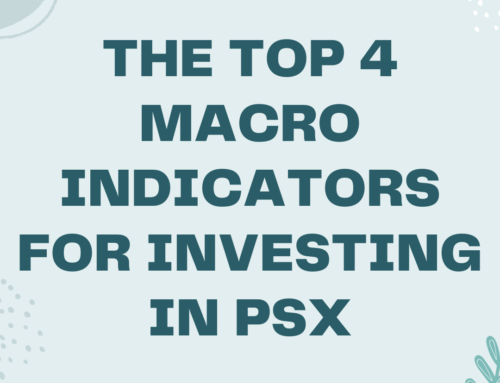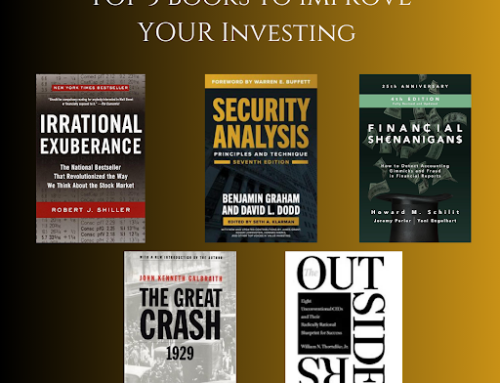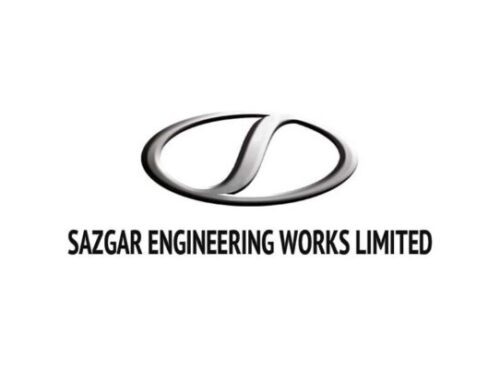Cement stocks have long been a staple of the Pakistani stock market, known for their cyclical nature and significant impact on the country’s infrastructure development. With interest rates declining and economic growth on an improving path, many investors are curious about how to best approach investments in the cement sector. This guide aims to demystify the process of analyzing cement stocks and identifying the best companies to invest in.
Understanding the Cement Industry
The cement industry is unique due to its economic and logistical characteristics. One of the most critical concepts to grasp is that cement cannot travel long distances efficiently. As a low-value commodity priced around $40-$50 per ton, transporting cement over long distances by road can render it unprofitable due to high freight costs.
Key Points:
- Proximity to Demand Centers: Cement plants are typically located near demand centers to minimize transportation costs.
- Raw Material and Finished Product Economics: Unlike many industries where finished products are significantly more valuable than raw materials, cement’s raw material (coal) is relatively expensive compared to the finished product.
Regional Differences in Pakistan’s Cement Sector
North vs. South:
- North Pakistan: The northern region benefits from natural protection against imports due to high transportation costs from ports to inland areas. This protection helps maintain the earning power of northern cement plants in the long run.
- South Pakistan: The southern region, particularly Karachi and Gwadar, was expected to benefit significantly from the China-Pakistan Economic Corridor (CPEC). However, the demand did not materialize as anticipated, resulting in overcapacity. Southern plants often resort to exports, but these come with lower margins.
- Evaluating Cement Companies
To assess the intrinsic value and potential of cement companies, consider the following factors:
- Efficiency of Production:
- Newer plants are more energy-efficient, using around 80 units of electricity per ton of cement production compared to older plants that use 90-95 units. This difference significantly impacts profitability.
- Energy Sources:
- Companies utilizing renewable energy sources like wind and solar can lower their variable costs. For example, Lucky Cement has reduced its costs by shifting 50% of its energy requirements to low variable cost sources.
- Location:
- Plants located near high-demand markets, like Upper Punjab, tend to fetch higher prices and profits.
- Type of Coal Used:
- Companies using cheaper local coal can achieve better margins compared to those relying on more expensive imported coal. Price dynamics keep changing though.
Shortcut for Analysis: Operating Margin
While gross profit margin is a commonly used metric, operating margin provides a more comprehensive view as it includes distribution expenses. This is particularly important for understanding the impact of plant location and transportation costs on profitability.
Investment Strategy for Cement Stocks
Given the capital-intensive nature of the cement industry and its cyclical profitability, a long-term hold strategy may not always be optimal. Instead, consider the following approach:
- Invest in Efficient, Less Leveraged Companies: Focus on companies with manageable debt and efficient operations, especially during the industry’s low demand cycles.
- Intrinsic Value Benchmark: Aim for companies trading at a significant discount (40-50%) to their fair value, typically estimated around $50-60 per ton for efficient plants.
Investing in the Pakistani cement sector requires a nuanced understanding of regional dynamics, production efficiency, and market conditions. By focusing on operating margins, production efficiency, and strategic investments during low demand cycles, investors can better navigate this complex but potentially rewarding industry.
At ARN financial Advisors, we focus on using key indicators as main focus to analyze stocks, especially cement sector and it leads to optimal investment opportunities. While we believe in long term investment and it is effective, sometimes Pakistan’s shorter boom bust cycle provides a unique advantage to time our market. By adjusting your portfolio during bearish periods, you can maximize returns, especially in cyclical sectors like cement. In our 1-1 advisory services, we offer tailored guidance and help you navigate sector specific challenges.










